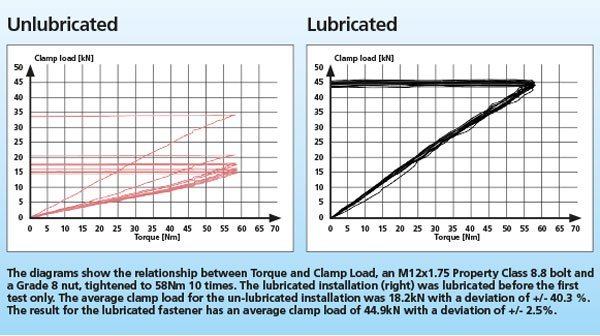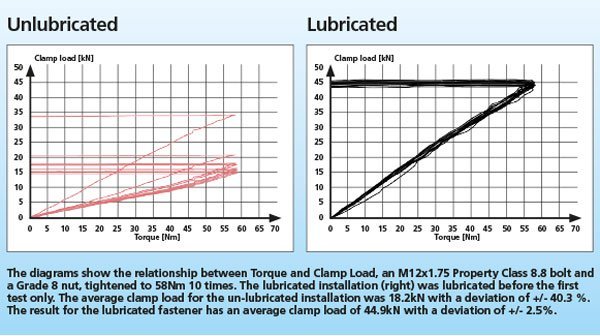Trucker2k16
Well-Known Member
Im gonna use the arp thread lube i just got off phone with the mechanic the installed mine he used 30w oil but since im redoing mine ima go with the arp thread lube and tge optimum black permatex and torque in 3 steps would i go 30 60 90 then 100?


